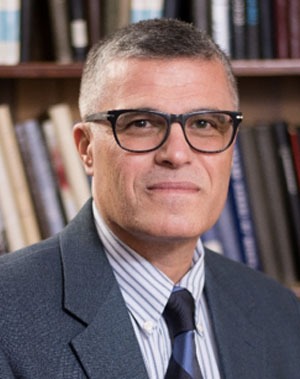The finite-difference time-domain (FDTD) simulation technique is a versatile and extensible approach to simulation of RF, communications and microwave devices. The development of high-quality absorbing-boundary formulations, as well as the increasing availability of high-performance computing hardware including graphics processing units (GPUs) have further increased the FDTD technique’s applicability to a wide variety of problems. In particular, simulations involving very complex 3D geometries, inhomogeneous media such as tissue or soil, or wide signal bandwidths are readily addressed using the FDTD technique.
The FDTD technique is further extended by a number of formulations which allow passive, active, linear and nonlinear electronic circuit components to be simulated in situ, within the FDTD domain. Current sources, resistors, capacitors, and inductors may be simulated using their constitutive current-voltage (I-V) properties. Semiconductor devices can also be simulated, using formulations based upon either empirical or circuit-theory models.
A major advance in semiconductor characterization and simulation has been the advent of polyharmonic distortion models, such as the X-Parameters. Whereas arbitrary linear loads may be simulated within the FDTD by means of their S-Parameters, there does not exist a comparable method for direct FDTD simulation of a device defined by its X-Parameters. We present here a technique for extracting X-Parameter information from FDTD simulation results, as well as a method for simulating a device within FDTD when its X-Parameters are known.
For FDTD simulation of nonlinear devices, our method has the following advantages. First, it is of lower computational complexity than some FDTD semiconductor models, which require iterative numeric solution of nonlinear equations. Second, it provides direct compatibility between FDTD and the X-Parameters, without the intermediary step of estimating a device’s circuit-theory-model parameters. Finally, simulation is carried out in one domain, without the iterative conversions between time and frequency domain which are required by harmonic-balance-based approaches.
Atef Z. Elsherbeni received an honor B.Sc. degree in Electronics and Communications, an honor B.Sc. degree in Applied Physics, and a M.Eng. degree in Electrical Engineering, all from Cairo University, Cairo, Egypt, in 1976, 1979, and 1982, respectively, and a Ph.D. degree in Electrical Engineering from Manitoba University, Winnipeg, Manitoba, Canada, in 1987. He started his engineering career as a part time Software and System Design Engineer from March 1980 to December 1982 at the Automated Data System Center, Cairo, Egypt. From January to August 1987, he was a Post-Doctoral Fellow at Manitoba University. Dr. Elsherbeni joined the faculty at the University of Mississippi in August 1987 as an Assistant Professor of Electrical Engineering. He advanced to the rank of Associate Professor in July 1991, and to the rank of Professor in July 1997. He was the Associate Dean of the College of Engineering for Research and Graduate Programs from July 2009 to July 2013 at the University of Mississippi. He then joined the Electrical Engineering and Computer Science (EECS) Department at Colorado School of Mines in August 2013 as the Dobelman Distinguished Chair Professor. He was appointed the Interim Department Head for EECS from 2015 to 2016 and from 2016 to 2018 he was the Electrical Engineering Department Head. He spent a sabbatical term in 1996 at the Electrical Engineering Department, University of California at Los Angeles (UCLA) and was a visiting Professor at Magdeburg University during the summer of 2005 and at Tampere University of Technology in Finland during the summer of 2007. In 2009 he was selected as Finland Distinguished Professor by the Academy of Finland and TEKES.
Dr. Elsherbeni is an IEEE Life Fellow and ACES Fellow. He is the Editor-in-Chief for ACES Journal, and a past Associate Editor to the Radio Science Journal. He was the Chair of the Engineering and Physics Division of the Mississippi Academy of Science, the Chair of the Educational Activity Committee for IEEE Region 3 Section, and the general Chair for the 2014 APS-URSI Symposium and the President of ACES Society from 2013 to 2015. Dr. Elsherbeni is selected as Distinguished Lecturer for IEEE Antennas and Propagation Society for 2020-2023.He is also the recent recipient of the 2023 IEEE APS Harington-Mittra Award for his contribution to computational electromagnetics with hardware acceleration.

Engineering Department, Colorado School of Mines
Administration and Management
Mrs. Manuela Trinchero
SELENE Srl – Eventi e Congressi
Via Medici 23 – 10143 Torino, Italy
Ph +39 011 7499601
E-mail: [email protected]
For info about paper submission
and technical program please write to
Prof. Guido Lombardi
Politecnico di Torino
E-mail: [email protected]
